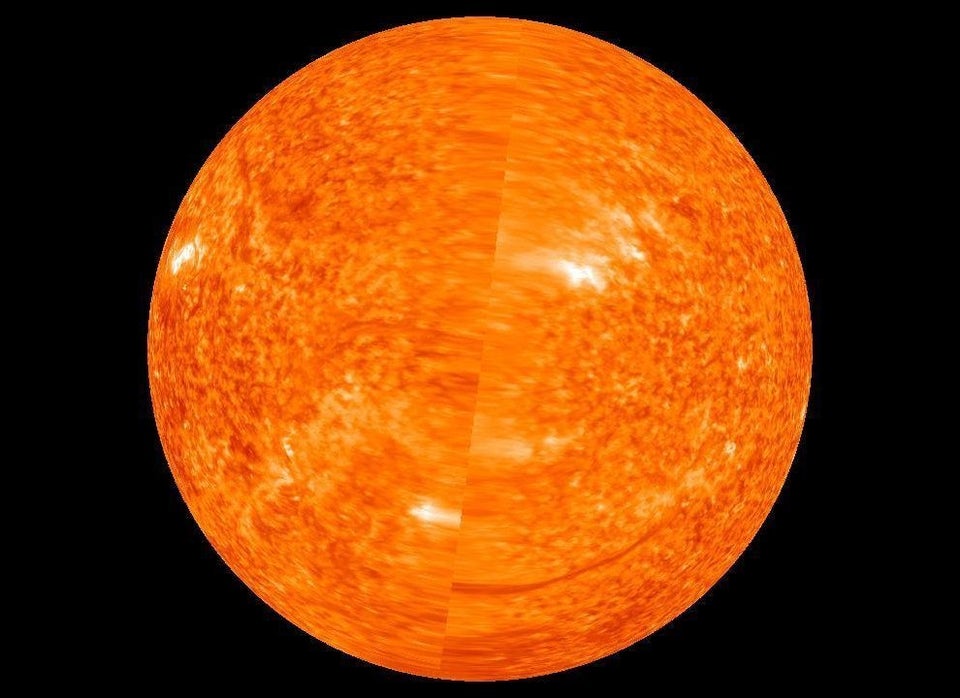Tractor beams, a common theme in science fiction fantasy, may one day become science fact. Researchers at Singapore’s Agency for Science, Technology and Research (A*STAR) may have devised a way to create a real-life tractor beam that could potentially one day be used to manipulate biological cells.
Don't get your hopes up for a spaceship pulling tractor beam laser just quite yet.
From the work of Albert Einstein and Max Planck, we know that light pushes objects away. A tractor beam requires the opposite motion, so that objects are pulled toward the initiating point of the beam of light. So far, creating a backwards force with a forward-moving beam has proven quite difficult.
However, A*STAR researchers may now have the answer by creating the backwards motion on a small scale.
"Our work demonstrates a tractor beam based only on a single laser to pull or push an object of interest toward the light source,” said Haifeng Wang, who has been working on the project.
The key to the project is a special type of laser that creates a particular distribution of light intensity; the emission is called a Bessel beam. When the laser hits a small particle in its path, instead of scattering light backwards, which pushes the particle forwards, the light scatters forwards off the particle, effectively pushing the object backwards to the point of origin.
This is not the first time Bessel beams have been tested. In 2006, Washington State University researchers used Bessel beams on sound waves and described a similar backwards pull.
In March 2011, scientists in Hong Kong further developed the idea of how a Bessel beam could be used to pull objects closer, and last November NASA embarked on a $100,000 research study to develop real-life tractor beams, using three different methods. One of NASA's approaches involved the Bessel beam, but at the time, its backwards pull was only a theory.
"According to theory, the laser beam could induce electric and magnetic fields in the path of an object. The spray of light scattered forward by these fields could pull the object backward, against the movement of the beam itself," NASA's Lori Keesey wrote in a press release.
A*STAR's experiment may be the first reported success of the Bessel beam in action.
Although Wang and his team have only seen this phenomenon work on tiny particles thus far, further studies could apply the tractor beam technology to other things -- biological cells, for one. However, larger objects are out of the question since the laser's beam would cause severe damage.
"These beams are not very likely to pull a human or a car, as this would require a huge laser intensity that may damage the object,” Wang said. “However, they could manipulate biological cells because the force needed for these doesn’t have to be large.”
